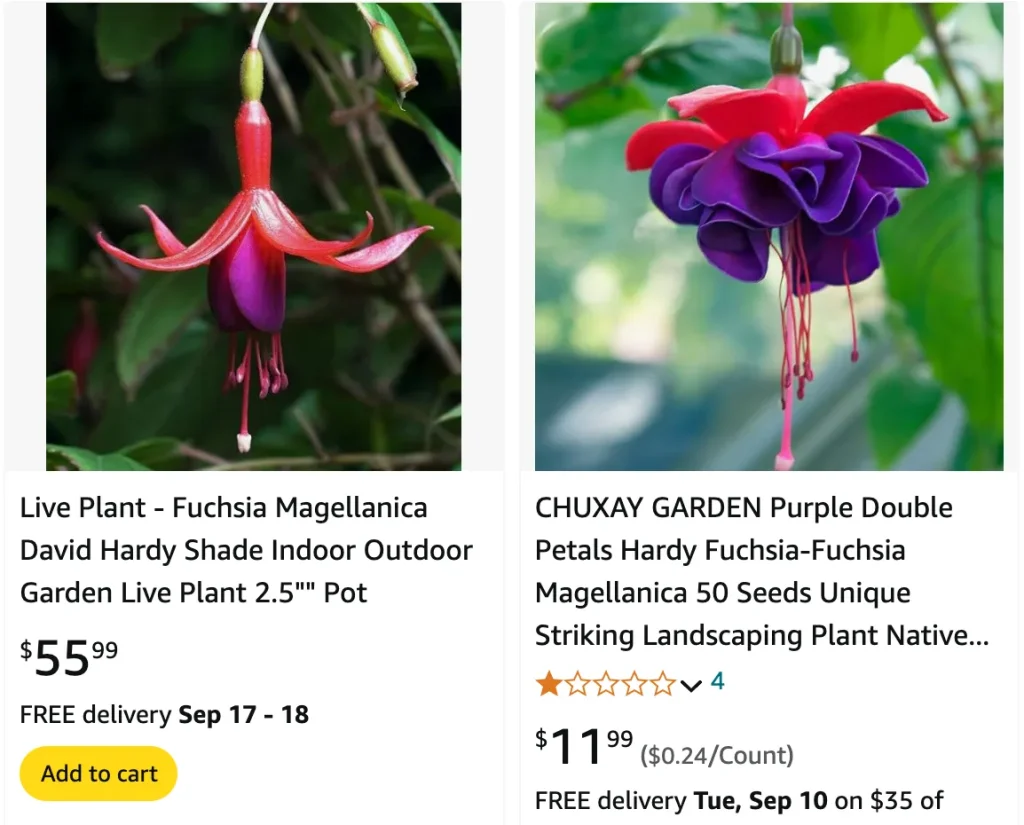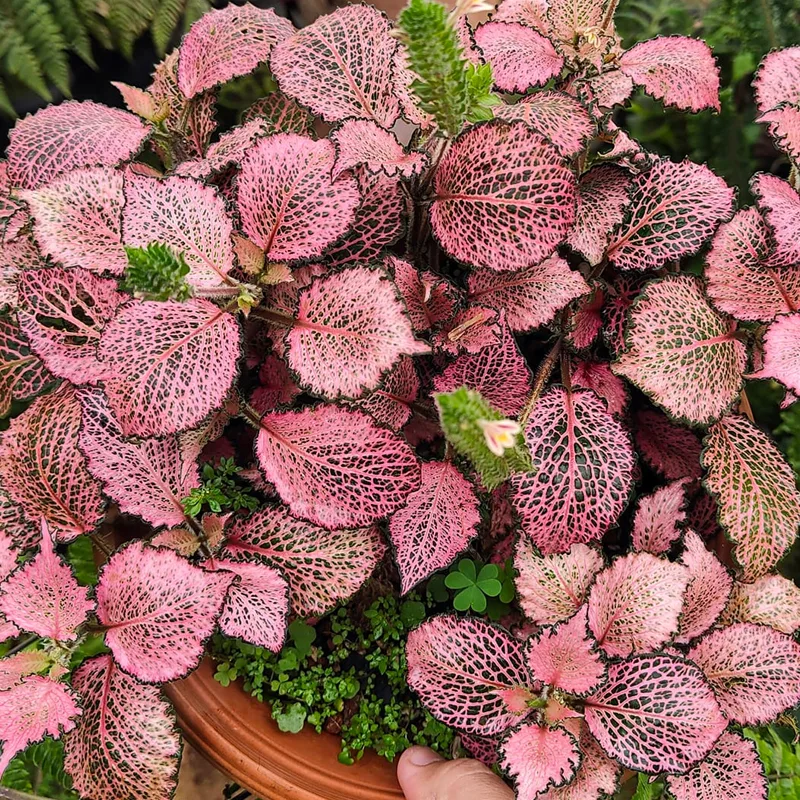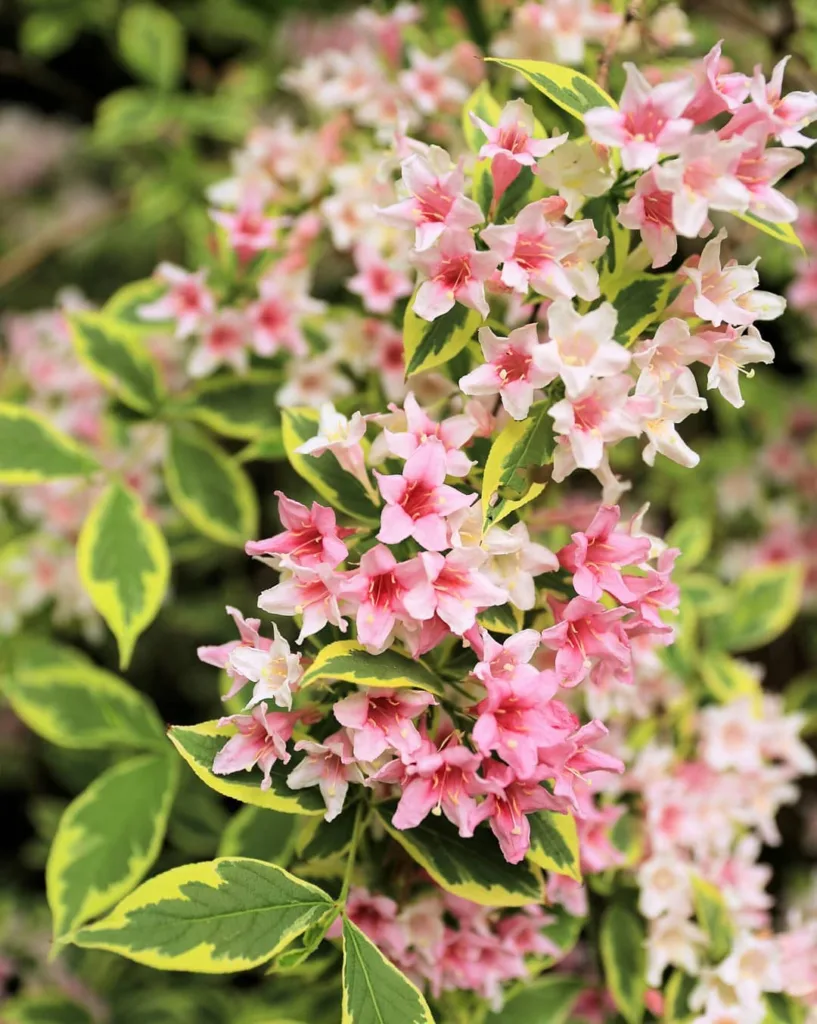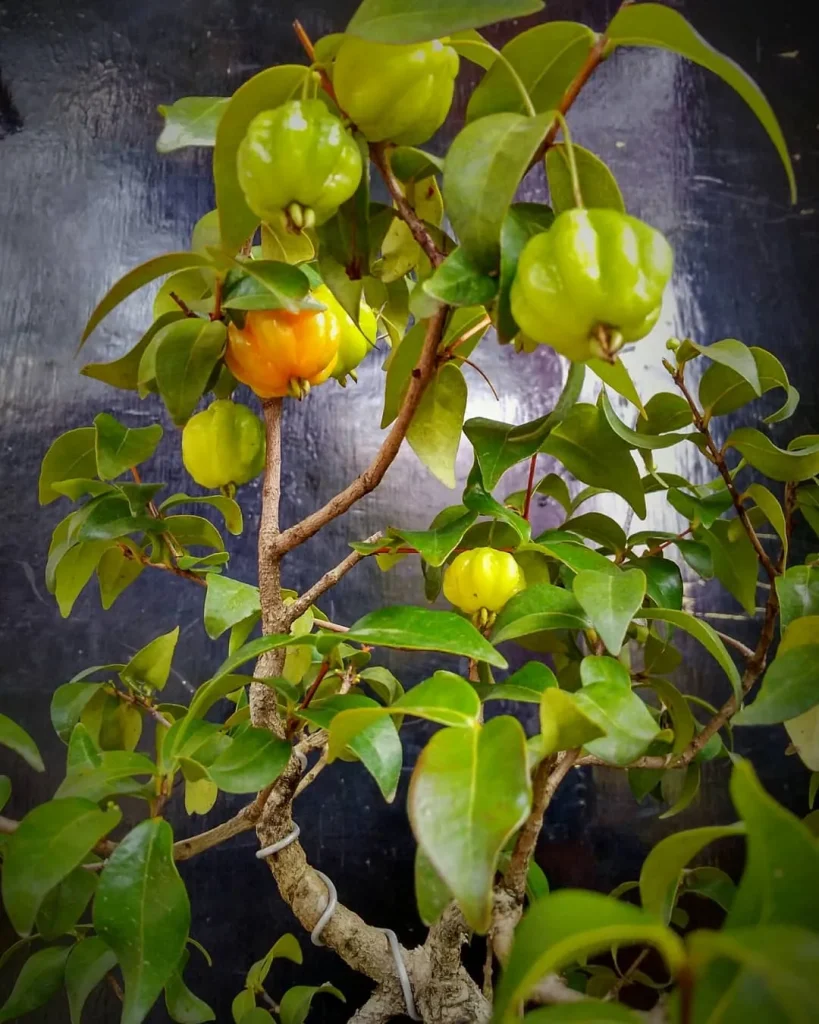
Frequently Asked Questions About Fuchsia Magellanica
Fuchsia Magellanica, also known as the Hardy Fuchsia or Hummingbird Fuchsia, is a favorite in my garden for its delicate, drooping flowers and ability to thrive in less-than-ideal conditions. Over the years, I’ve had plenty of questions about caring for this plant, and I know others do too. Here’s a comprehensive guide that answers some of the most common questions about Fuchsia Magellanica.
110 Species in Genus Fuchsia
How Often to Water Fuchsia Magellanica?
Watering is crucial for the health of Fuchsia Magellanica, especially during the growing season. In my experience, the plant prefers consistently moist soil but not waterlogged. I usually water it thoroughly once or twice a week, depending on the weather. During hotter periods, I increase the frequency to ensure the soil doesn’t dry out completely. Mulching around the base helps retain moisture and keeps the roots cool.
How to Care for Fuchsia Magellanica?
Caring for Fuchsia Magellanica is relatively straightforward, making it a great choice for both novice and experienced gardeners. I plant it in well-draining soil with plenty of organic matter to keep the roots healthy. Although it can tolerate some sun, I’ve found that it thrives best in partial shade, where it gets enough light without being scorched by the midday sun. Regular feeding with a balanced fertilizer during the growing season helps promote healthy growth and abundant blooms.
How to Propagate Fuchsia Magellanica?
Propagating Fuchsia Magellanica is one of the joys of gardening. I prefer to propagate it through softwood cuttings in the spring or early summer. Here’s how I do it:
- Select a healthy, non-flowering stem and cut a 4-6 inch section just below a leaf node.
- Remove the lower leaves, leaving only a few at the top.
- Dip the cut end in rooting hormone and plant it in a pot filled with a mix of perlite and peat.
- Keep the cutting moist and place it in a warm, shaded spot until roots develop.
Once the cutting has established roots, it can be transplanted into the garden or a larger pot.
How to Prune Fuchsia Magellanica?
Pruning Fuchsia Magellanica is essential to maintain its shape and encourage vigorous growth. I typically prune mine in late winter or early spring before new growth starts. Here’s my pruning routine:
- Remove dead or damaged wood: This keeps the plant healthy and free from disease.
- Cut back last season’s growth: I trim the stems back by about a third to encourage bushier growth.
- Thin out crowded areas: This allows light and air to penetrate, which reduces the risk of fungal issues.
After pruning, I always apply a balanced fertilizer to support the plant’s recovery and stimulate new growth.
Is Fuchsia Magellanica Evergreen?
Fuchsia Magellanica is technically a semi-evergreen plant. In my region, it tends to lose most of its leaves during winter, especially if temperatures dip significantly. However, in milder climates, it may retain some of its foliage throughout the year. Even if it loses its leaves, don’t worry—it will bounce back in the spring with fresh, vibrant growth.
Is Fuchsia Magellanica Hardy?
Yes, Fuchsia Magellanica is a hardy plant, which is one of the reasons I love growing it. It can tolerate a wide range of temperatures, surviving winters in zones as cold as USDA Zone 6. However, in colder climates, I recommend applying a thick layer of mulch around the base to protect the roots from freezing.
When to Plant Fuchsia Magellanica?
I prefer to plant Fuchsia Magellanica in the spring after the last frost date. This gives the plant plenty of time to establish itself before the heat of summer arrives. Fall planting is also an option, but in that case, I ensure it has enough time to root before the first frost.
When to Prune Fuchsia Magellanica?
As mentioned earlier, I prune Fuchsia Magellanica in late winter or early spring. This timing allows me to remove any winter damage and prepare the plant for the upcoming growing season. Pruning at this time also encourages new growth, leading to a fuller, more attractive plant.
Where to Plant Fuchsia Magellanica?
Choosing the right location is key to the success of Fuchsia Magellanica. I plant mine in a spot that gets morning sun and afternoon shade. This balance protects the plant from intense heat while providing enough light for blooming. Fuchsia Magellanica also does well in containers, which allows me to move it around as needed to optimize light exposure.
Where Can I Buy Fuchsia Magellanica?
I’ve found Fuchsia Magellanica available at most garden centers and nurseries, especially those specializing in perennials. It’s also widely available online, which is convenient if you’re looking for specific varieties. When purchasing online, I make sure to buy from reputable sellers to ensure healthy, disease-free plants.
Can You Grow Fuchsia Magellanica Indoors?
While Fuchsia Magellanica is typically grown outdoors, I’ve had success growing it indoors in a bright, cool room. The key is to provide plenty of indirect light and maintain high humidity levels. I mist the plant regularly and place it on a tray of pebbles and water to increase humidity. However, it’s important to avoid direct sunlight, which can scorch the leaves.
Is Fuchsia Magellanica Toxic?
One of the great things about Fuchsia Magellanica is that it’s non-toxic to pets and humans. This makes it a safe choice for gardens where children and animals play. In fact, the berries of some fuchsia species are even edible, though they’re not particularly flavorful.
Common Problems with Fuchsia Magellanica
Like any plant, Fuchsia Magellanica can encounter a few issues. The most common problems I’ve faced include:
- Aphids and spider mites: Regular inspection and prompt treatment with insecticidal soap keep these pests in check.
- Fungal diseases: Ensuring good air circulation and avoiding overhead watering help prevent issues like rust and powdery mildew.
- Leaf drop: This can occur due to overwatering or sudden changes in temperature. I try to keep conditions consistent to minimize stress on the plant.
Benefits of Growing Fuchsia Magellanica
Aside from its stunning flowers, Fuchsia Magellanica has several benefits. It attracts pollinators like hummingbirds and bees, which are essential for a healthy garden ecosystem. The plant also provides year-round interest with its colorful blooms and unique foliage, even in shadier parts of the garden.
In conclusion, Fuchsia Magellanica is a versatile, resilient plant that adds beauty and interest to any garden. With the right care and attention, it will reward you with a stunning display of flowers year after year. Whether you’re an experienced gardener or just starting out, this plant is well worth adding to your collection.
If i die, water my plants!



